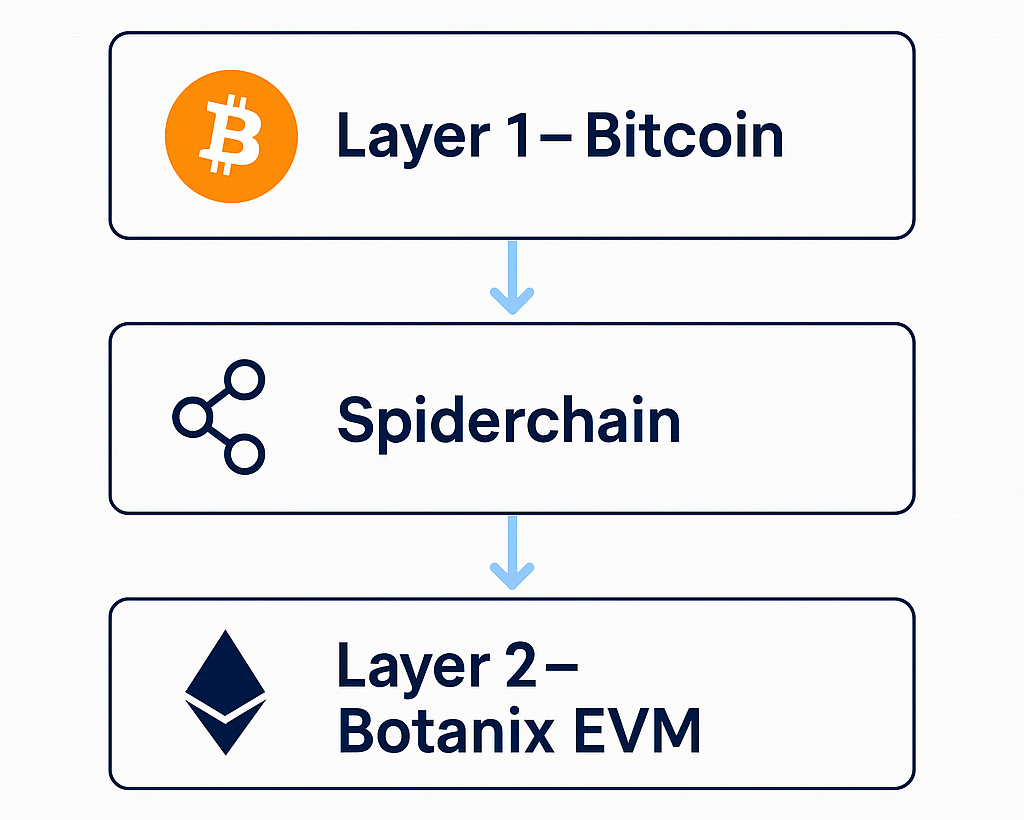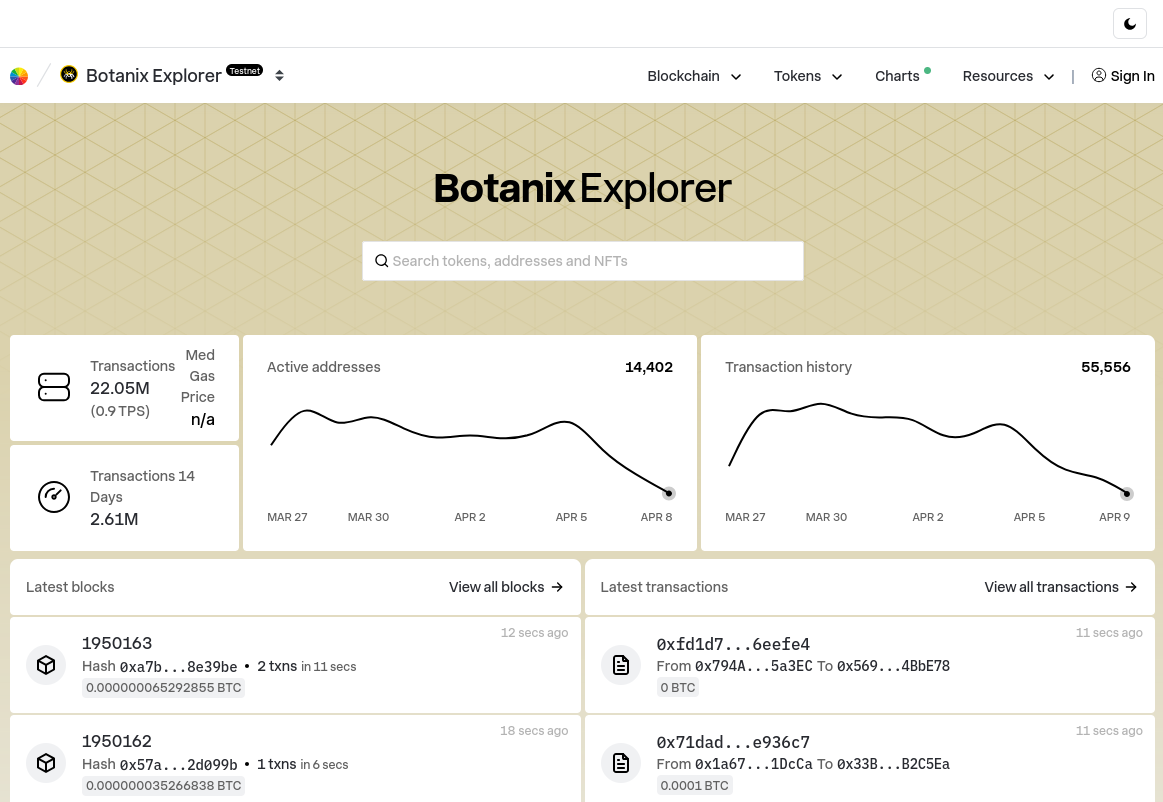EVM and Bitcoin – A Perfect Marriage with Botanix?

EVM and Bitcoin: A Perfect Marriage with Botanix?
Bitcoin is King, but EVM is Queen
There are many blockchain technologies out there, but none have grown as rapidly or gained as much developer mindshare as Ethereum Virtual Machines (EVMs) and their various implementations. This means EVM-based blockchains are maturing faster than any others — simply because tools or dApps built on one can often be easily ported to another.
Bridging EVM and Bitcoin
No one can deny that Bitcoin remains the most decentralized blockchain and the best store of value.
However, Bitcoin lacks the programmability and flexibility of platforms like Ethereum, which limits its potential as a base layer for dApps and DeFi.
You could say Bitcoin and EVM have been dating for a while now. Time will tell who (if anyone) takes the lead in this partnership. But if we move from dating to a full-on marriage, it could be a game-changer for the entire blockchain ecosystem.
Smart Contracts on Bitcoin
There are currently competing attempts to bring smart contract capabilities to Bitcoin — essentially using it as a settlement layer while layering programmability on top.
-
Stacks is a notable example, but it operates on its own blockchain, which is non-EVM compatible and uses a custom smart contract language called Clarity.
-
Rootstock (RSK) takes a different approach, offering EVM compatibility via a merge-mined Bitcoin sidechain.
-
BOB (Build on Bitcoin) uses innovations like BitVM and zero-knowledge proofs (ZK) to introduce smart contract functionality in a more Bitcoin-native way.
And in a few months, there will be a new kid on the block: Botanix.
Botanix
Led by Willem Schroe, Botanix could be the next big thing for both EVM maxis and Bitcoin purists. Their whitepaper, published on June 17, 2023, lays the foundation for the protocol. Botanix launched its testnet, Arago, in December 2024. You can track network traffic here.
Key Highlights
- Mainnet launch: Expected in Q2 2025
- Block time: 5 seconds
- Average fees: ~$0.01
- Gas token: No new token — fees are paid in BTC
- Botanix uses Proof of Stake (PoS) on Layer 2 while inheriting Bitcoin’s Proof of Work (PoW) security on Layer 1 — the best of both worlds.
- Node operators are expected to stake 3 to 5 BTC.
- The network will begin with 15 validator nodes, each operated in different jurisdictions. These nodes are designed under the assumption that they don’t trust each other — a strong nod to decentralization. Botanix Labs will operate only one of these nodes.
Botanix also introduces the concept of Spider Chains, a model that diverges from traditional roll-ups.
One core problem with roll-ups is upgradability. Software has bugs, and roll-ups need to be upgradable to remain secure. But if you’re building a decentralized system, who gets the keys to perform those upgrades? The current solution is usually a multisig-controlled security council, which can upgrade the roll-up smart contracts on Ethereum.
This works — but it introduces a potential point of centralization and censorship.
With Spider Chains, Botanix takes a different approach. Smart contract upgradability still exists, but the system is censorship-resistant by design. There’s no need for a centralized security council — governance happens at the protocol level across a network of independent validators.
Fee Model
In most roll-up systems, fees go to the node connected to the sequencer, usually paid in the L2’s native token.
On Botanix, fees are paid in BTC, and Spider Chains make it transparent who the node operators are.
Useful Botanix Links
Comparison: Ethereum Roll-ups vs Botanix Spider Chains
| Feature | Ethereum Roll-ups | Botanix Spider Chains |
|---|---|---|
| Base Layer | Ethereum (Proof of Stake) | Bitcoin (Proof of Work) |
| Gas Token | ETH or L2 native token | BTC |
| Upgradability | Multisig Security Council | Validator-governed (protocol-level) |
| Sequencer Fees | Centralized sequencer node | Distributed among visible nodes |
| Censorship Resistance | Medium | High |
Final Thoughts
Different blockchains are built with different priorities in mind. This is why we will always use different ones for different use cases. I don’t expect Botanix to be the fastest or the cheapest — but for projects that value decentralization and censorship resistance, it looks like a strong contender. And it does this using only the Bitcoin token.
If Bitcoin is the king and EVM is the queen, Botanix might just be the royal marriage the blockchain world has been waiting for. Time will tell.
Snapshot of Botanix explorer
